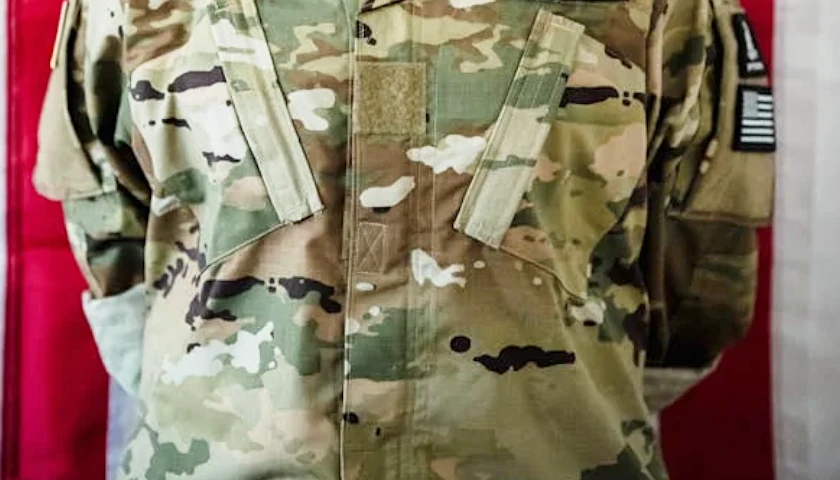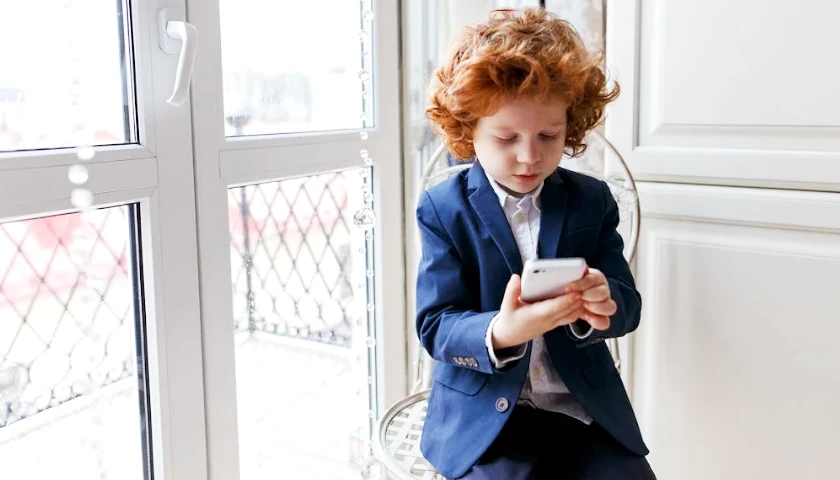by Walker Larson
Shannon Safford wanted to serve her country as a member of the United States Army, but in order to do so, she was required to receive the COVID-19 vaccine that would ultimately end her active service.
She received the shot on deployment to Kuwait and began developing strange symptoms: She had menstrual issues, digestive problems, an odd zapping sensation like a shock, numbness, muscles twitches, and extreme fatigue. All this was the more strange because prior to receiving the shot, Shannon had been in the best shape of her life, playing volleyball and doing CrossFit.
The symptoms persisted over several months, worsening with time, and the army doctors couldn’t identify the cause. Shannon had trips to the ER and hospital, only to be told she was suffering from anxiety, though some doctors considered the possibility of Guillain-Barré Syndrome (GBS), an auto-immune disorder sometimes associated with vaccines. Shannon began to have muscle aches, difficulty moving, flu symptoms, rashes, and dizziness. Some days, she couldn’t get out of bed, and after a few months of this suffering, she felt like she was dying. These difficulties prevented Shannon from travelling with her unit to Afghanistan.
Finally, in October of 2021, Shannon was sent home. The separation from her comrades took a heavy emotional toll on her, and Shannon’s mother, Jan, told Intellectual Takeout that Shannon was crying when she picked Shannon up from the airport. Shannon was also unable to carry her own luggage.
Back in the states, Shannon lived with her mother for nine months as her symptoms continued to spiral out of control. In addition to everything described above, she suffered from tremors, hot flashes, and panic attacks. At the core of this strange malady was a sensation of poison in her blood. Shannon felt, at times, like a snake was winding around her chest.
Shannon went to her primary care physician, but he was unable to diagnose the issue and referred her to neurologists and rheumatologists. Referral followed referral, test followed test, with no clear diagnosis or successful treatment. By this time, it was clear Shannon didn’t have GBS, and multiple sclerosis (MS) and amyotrophic lateral sclerosis (ALS) were also ruled out. But ruling things out didn’t solve the problem, of course, and no one seemed able to account for everything she was experiencing.
Shannon explained that most of the doctors she saw were specialists who could only provide diagnoses within their own narrow field—they didn’t take into account her overall system, whole-body health, or the fact that her symptoms were so wide ranging. As Shannon put it, “they only diagnose you in their realm.” Most of the doctors rejected the vaccine injury hypothesis, but Shannon and her mother were more and more convinced that the malady must have been due to the shot.
They became members of Facebook groups for COVID vaccine–injured people, who shared stories and experiences similar to Shannon’s. The groups—such as the one founded by Brianne Dressen, who was also injured by a COVID vaccine and is part of a lawsuit against the U.S. government over alleged collusion and censorship with social media companies—distributed information, resources, and treatments amongst injury victims.
After countless tests, a trip to the Mayo Clinic, and a long medical board review of her test results, Shannon was officially discharged in July 2023.
She began to try a wide range of alternative treatments, even as she continued to lie on the couch, feeling as though she were dying, day after day. Once, Shannon’s mother, Jan, had to call an ambulance for her daughter since the suffering had become so dire. The EMTs confirmed that all her vital signs were normal, only deepening the mystery.
All of this was deeply discouraging. When Shannon was near the bottom of her crater of suffering, physically and emotionally, she received a life-changing phone call from Suzanna Newell of MN Team Humanity, who offered her much encouragement and further resources.
Among the treatments Shannon tried were dietary changes, red light therapy, ivermectin, healing touch therapy (HT), craniosacral therapy (CST), and acupuncture. By far, the most successful treatments for Shannon have been acupuncture and chiropractic care, especially since she found an acupuncturist and chiropractor who are knowledgeable about and specifically treat vaccine injury. Shannon’s current primary care doctor has prescribed various drugs as well and is willing to work with the alternative treatments Shannon proposes.
After three months of the acupuncture and chiropractic work, Shannon was able to live independently once again. She has returned to work and is nearing completion of her bachelor’s degree. In spite of the noticeable improvement, Shannon’s illness still clings to her: She still has pain, tingling, and numbness, but she no longer feels like she’s dying or like there’s poison in her veins.
Shannon has spent at least $10,000 to get to this point, and if she had the time to pursue all the treatments she truly needs, the number would be much larger. For example, many vaccine-injured people use ozone therapy and hyperbaric oxygen therapy, but she has not had the time to try these.
Addressing herself to other victims of vaccine injury, Shannon wants to encourage them not to give up and to remember that they’re not alone. She said, “Think on the bright side of what you can make out of it. We did survive and many people have died. It has benefited me in some ways … now I have an opportunity—I finish my degree December 1st, [and] I’m planning to move. … There’s some opportunity that can come out of [the illness], especially good relationships and connections.” Finally, Shannon tells those suffering from such injuries to have patience with themselves. “Give yourself grace.”
– – –
Walker Larson holds a BA in writing and an MA in English literature. Prior to becoming a writer, he taught literature and history at a private academy in Wisconsin. He is the author of two novels, Hologram and Song of Spheres. When not working on his acreage or spending time with family and friends, he blogs about literature and education on his Substack, The Hazelnut.




